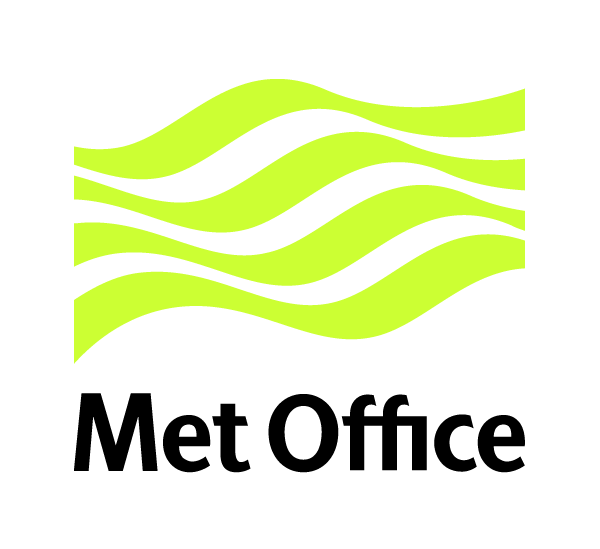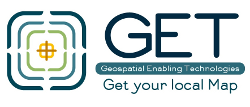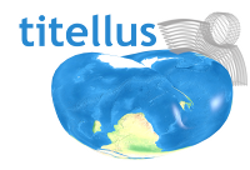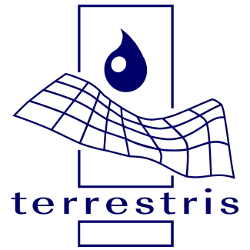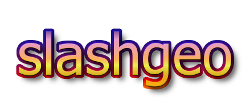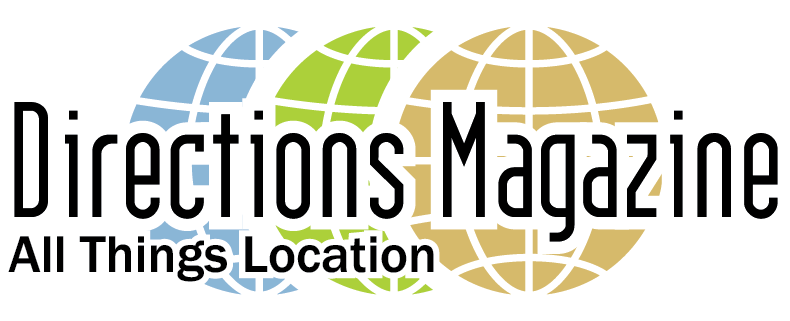An online application that enables the user to shop for environmental services from their tax budget. Their total tax (income, VAT e.t.c.) is roughly estimated and presented as their contribution. They can then see how much is spent on various environmental issues and the results expected. Respondents can then alter the amounts spent either in the purse as a whole or for individual areas. In the end they submit what would be their preferred amount of spending.
This app. enables participants to learn about how much we spend on the environment and how much we need to spend. Simultaneously it enables the application hosts to gather data on how the public thinks about these issues and estimate how much they would like to spend on things like biodiversity. This would be a technical improvement on stated preference exercises which are used to estimate the public’s willingness to pay for public goods.
Background
Understanding how individuals and households make decisions about what to spend their budgets on, and what influence ecosystem services have on these decisions, is an important consideration for policymakers. One of the standard tools for estimating the value of public goods like wildlife protection is to create a hypothetical market. However these markets are rather stilted in that the consumer can only say yes or no to a single question. If later on in the questionnaire they are offered a different deal they cannot go back and change the previous answer as they might in a shop. This app would create that shop and so provide a more familiar decision making environment.
The challenge
1) Input household demographics – income, number of children, size of household, employed/unemployed/pensioner
2) Ask the user to submit 2 or 3 things that they spend money on in their free time from a fixed list. E.g. cinema, books, music, online film subscription…
3) To use demographic details to estimate the households yearly tax spend in both direct (e.g. income) and indirect (e.g. petrol) tax.
4) Present the proportion of that tax spend which goes on environmental protection. Both as a total and broken up by ecosystem service (e.g.):
- Climate Change Adaptation
- Green House Gas Reduction
- Wildlife protection
- Freshwater Quality
- Fisheries protection
- Flooding
- Seawater pollution
- Clean Air
5) Associated with each of these services is a small description of the current issues relating to them and what this money can achieve in the near future. It would be useful if this page allowed for readers to click through to other sources for more information without losing their place in the app.
6) A range of dials are available for the budget of each service along with a bigger one for TOTAL ENVIRONMENTAL SPEND. “OTHER” taxation is held fixed.
7) Thresholds are set – for instance if “wildlife protection” is reduced the information related to it might alter from “60% of species are declining” to “70% of species are declining and 3 species are expected to go extinct in the next 5 years.
8) The information on the related box should change when a threshold is passed but the user should also get a warning that this has happened. The warning could be a pop up saying “things got worse” or it could give 3 headline figures of that change. If could even change the colour of the dial perhaps to indicate whether funding would be considered critically low (red) or more comfortable… moving to green.
9) If the user increases or decreases the “TOTAL SPEND” dial then a box informs them of what they saved or lost in terms of their preferred hobbies.
- E.g. “You have chosen to increase your tax cost by £100. This is the equivalent of 4 trips to the cinema for your family. Are you willing to give that up for the environmental benefits listed?”
10) Once the user is happy with the blend they have come up with they click submit and the details are added to our database.
11) Randomised – In order to be economically useful different users will need to have different thresholds. We want to know what the maximum is people would spend to achieve certain levels of protection so we would be building a statistical database where some people have to spend more to achieve certain levels of protection and others less. By examining this database we can start to estimate a sort of demand curve for the environment. As such we need to be able to put some degree of randomness – or even experimentally designed thresholds for each of these benefits. The starting positions of the dials would also effect final decisions and so this setting needs to be controlled. A simple version would be: all at 0 or all at max or all at something like the actual, split equally across our sample.
12) DATA COLLECTED – Primarily we want to see the final choices of the users but it would also be interesting to record other things. These are all optional extras to a degree and more could be thought up:
- The time spent on the process
- Which information they looked at and which they didn’t
- Which dials they played with and for how long
- In which general direction did they push the dials… E.g. up, up, up, up, down. Is different to down down down down up. Even if they started and finished at the same place.
13) DEBRIEF: We need to
- SHORT QUESTIONNAIRE: Ask the user a few simple yes or no questions to check that they were engaging properly in the process. People sometimes submit protest votes and we need to spot people who bid zero because, “The polluter should pay” and those who genuinely don’t care about the environment. They may be correct in terms of fairness but we want to understand what they would give up for the environment if they had to. Which might (and has in the past) been used in policy or legal terms to estimate what the polluter should pay. So there needs to be space for a short questionnaire at the end.
- FINAL INFORMATION: We should not mislead the users so the last thing we should do is say. It is hard to pin down all of the money spent on these environmental protections or what we expect them to deliver. We presented to you realistic but not entirely accurate values in order to better understand how you feel about these things. For your information our best guess at the current state of funding and the environment is: and we present the dials at a roughly accurate position. More information on these topics can be found on this links page.. Links to a links page broken up by area which we can add links to.
14) EXTENSIBLE: It would be great if we could get a working app. However this shop has a range of possible uses and others may want to play with aspects of it to improve on it or to ask different questions. As such the best thing we could hope for is:
- For the detail of the shop to be editable via a simple interface which allows you to do things like
- i. Set the number of services, the names of the services and the associated information
- ii. To be able to later break these services up further so that users can drill down. E.g. wildlife protection could break into different habitats or taxa or domestic and foreign.
- iii. We could think of lots of these… But if the basics like the debrief questionnaire and the impact descriptions could be editable by someone with basic HTML skills or just with a simple editor then the tool would be more usable.
- Primarily I think the tool should be built so that other programmers could easily get under the bonnet and add extra functionality. It would be surprising if others didn’t want to use this to see how the public feels about a range of public spending issues. Other countries might also be interested. So building it as the core idea for later use would be fairly important.
Sponsoring Organization(s)
Name: RSPB
URL: www.rspb.org.uk
Data Resources(s)
The data which would fill this tool is constantly evolving and of varying quality. For instance we have estimates for the amounts required to protect current biodiversity levels in the UK but as policy and methods of protection change so will these values.
The intent would therefore be to leave an app which allows a reasonably technical person to populate the impact estimates for the various ecosystem services.
This is also true for tax burden estimates. However we may need to be a little more specific in order to make a working model of the app..
- The Effects of taxes and Benefits on Household Income


